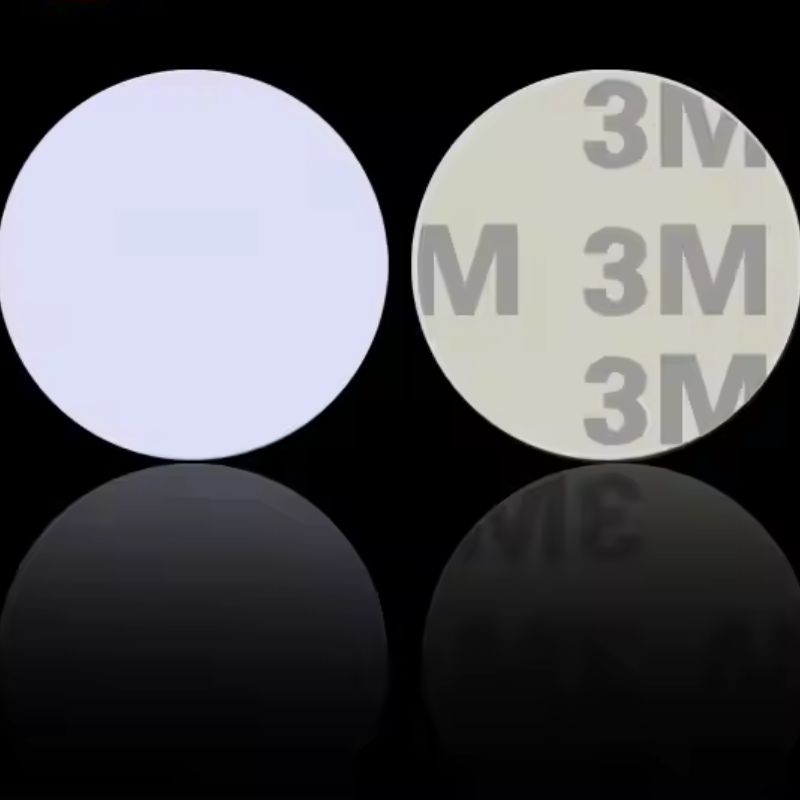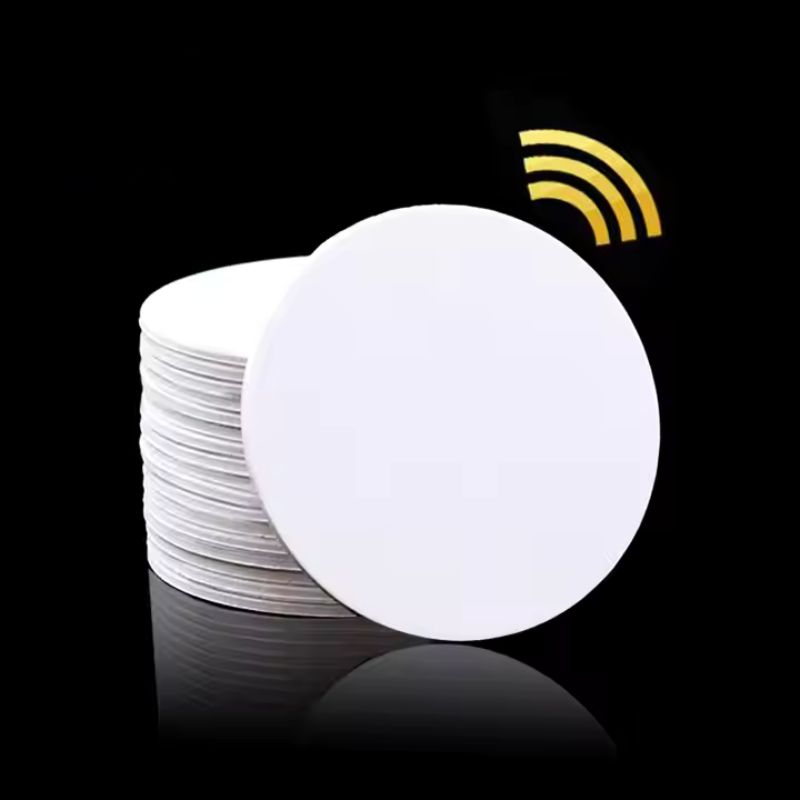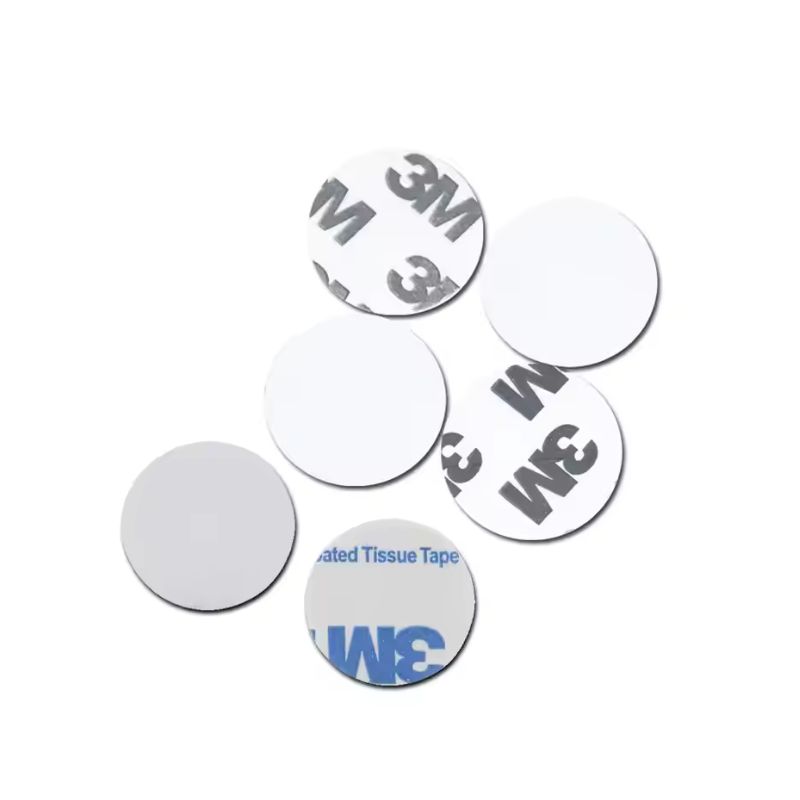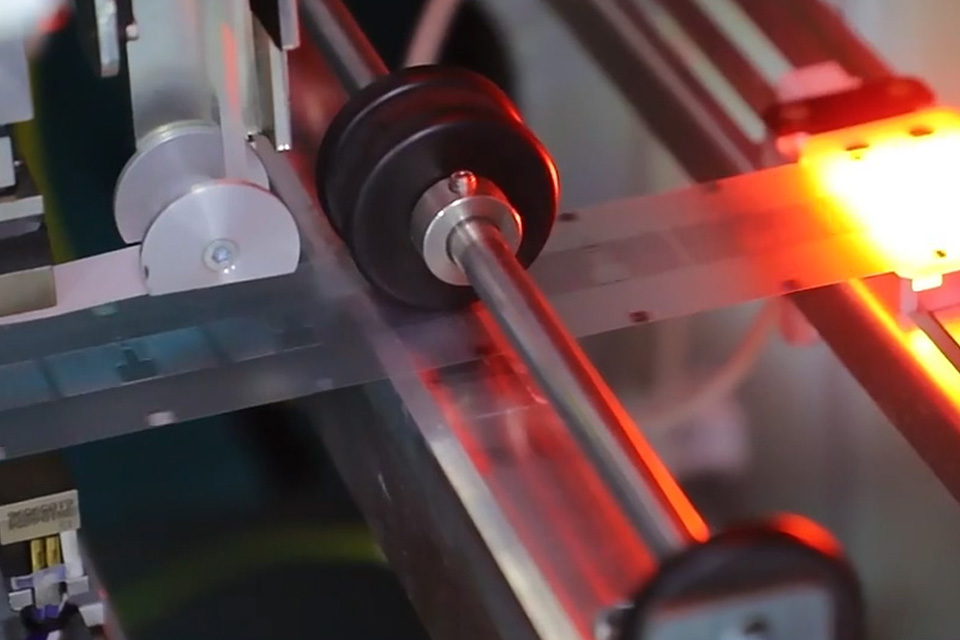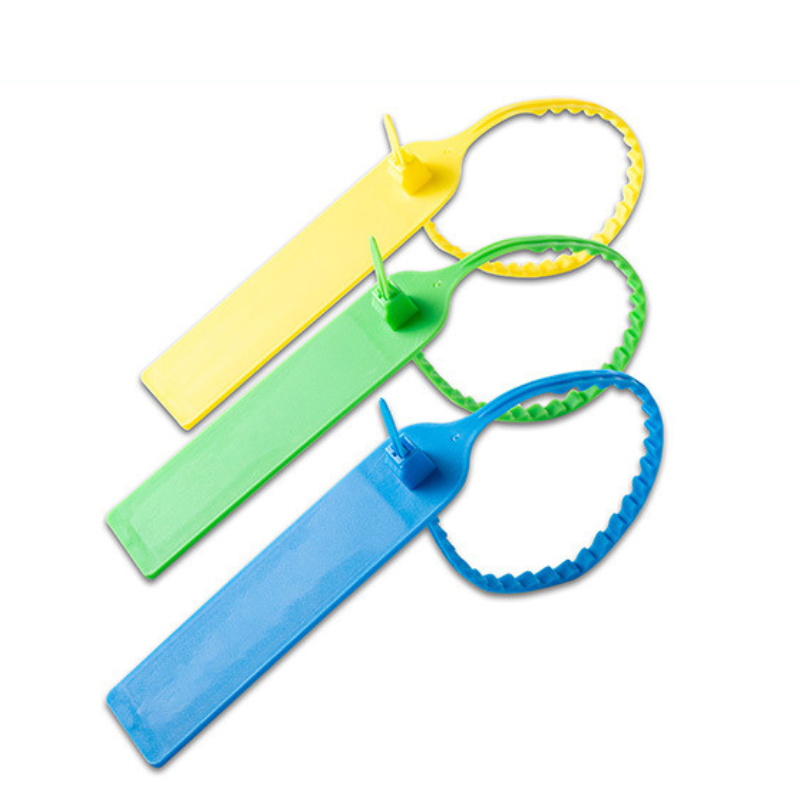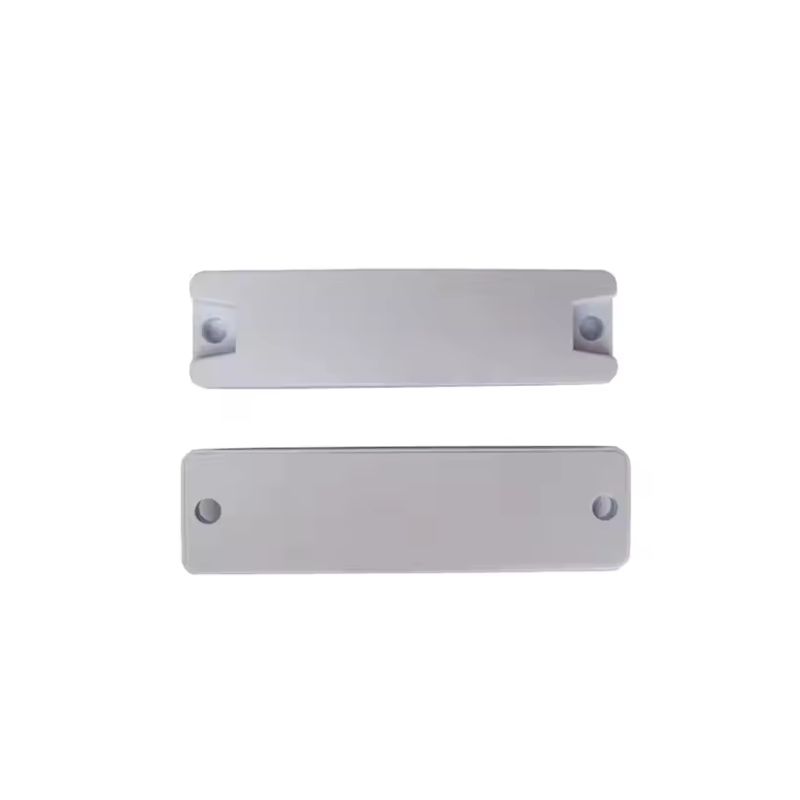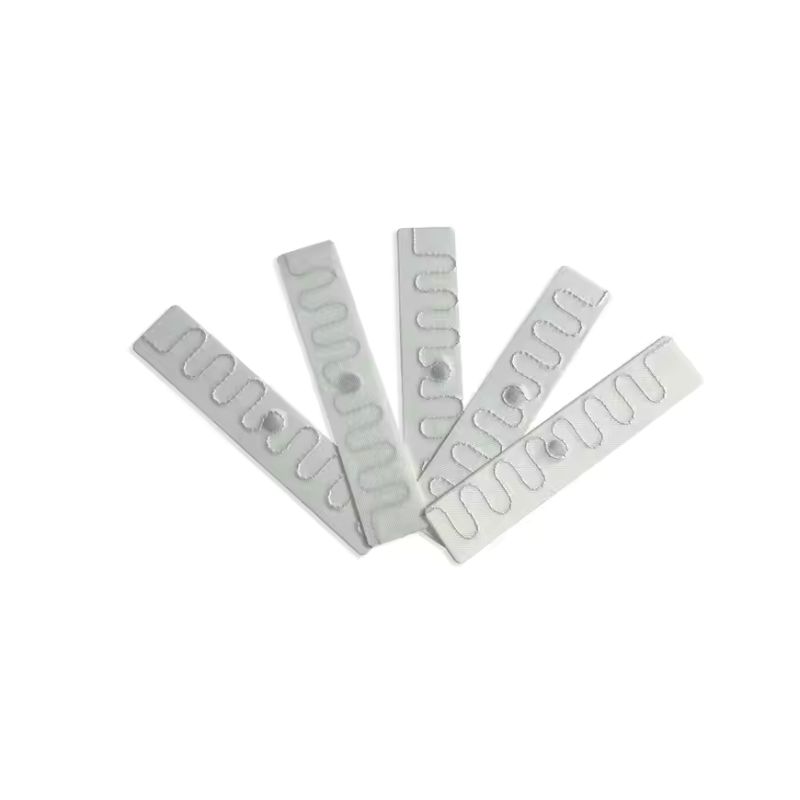
125Khz Customized PVC T5577 Sticker Tag Writable RFID Tags
T5577 Writable RFID Tags – Customized Rewritable Sticker RFID for Smart Access
Upgrade your security and identification systems with our Writable RFID Tags featuring the powerful T5577 Sticker RFID chip. These customized RFID tags offer outstanding rewrite capability, industrial-grade durability, and wide compatibility with 125KHz readers.
Designed for access control, asset tracking, and ID management, these Writable RFID Tags deliver long-term performance and easy installation.
Key Applications of Writable RFID Tags
| Application | Benefit |
| Access Control | Supports multiple formats for flexible security integration |
| Asset Management | Rewritable memory for reuse and dynamic tracking |
| ID & Credentialing | Thin design for badges and card overlays |
| Industrial Security | Withstands wear and environmental stress |
| Smart Locker Access | Stickers easily adhere to locker surfaces |
Technical Specifications
| Feature | Specification |
| Chip Type | T5577 Sticker RFID |
| Frequency | 125KHz |
| Memory Type | Rewritable EEPROM |
| Material | PVC with industrial-grade adhesive |
| Diameter | 25mm (custom sizes available) |
| Adhesive | 3M high-tack |
| Thickness | Ultra-thin (approx. 1mm) |
| Compatibility | Compatible with all 125KHz RFID readers & programmers |
| Reprogramming Tool | Proxmark3, RFID handheld writer |
Why Choose Our Writable RFID Tags?
- Fully Programmable – Use with Proxmark3 or standard 125kHz encoders
- Long-Term Durability – 3M adhesive + waterproof PVC material
- Highly Compatible – Works with most access control systems
- Customizable Options – Sizes, shapes, printing, and encoding
- Bulk Order Discounts – Perfect for enterprise deployment
- Trusted by Security Integrators – Worldwide delivery & support
Thanks to its writable T5577 chip and convenient sticker format, this tag is a flexible solution for custom security and tracking projects, such as the RFID-based asset management systems used in modern restaurants.
Upgrade your security infrastructure today with our Writable RFID Tags!
Request a free sample pack today and test the performance of our Writable RFID Tags.
Contact us for:
- Technical consultation
- Custom T5577 sticker encoding
- Large volume pricing
Frequently Asked Question
The top questions about Writable RFID Tags.
These are rewritable RFID stickers with embedded chips (e.g., T5577) that can be programmed multiple times for access control or tracking.
T5577 sticker RFID tags are used in low-frequency RFID applications, including door access systems, ID badges, and inventory tracking.
Yes, each Writable RFID Tag can be rewritten over 100,000 times using compatible RFID writers.
Yes, the PVC construction and adhesive design offer excellent water resistance for long-term durability.
You can use devices like Proxmark3 or other 125kHz-compatible RFID writers to write and emulate data.
Hot To Customize RFID Tags
Know the customization process about RFID tags
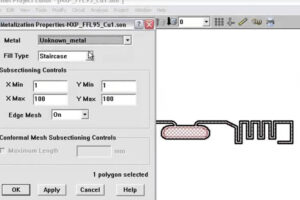
Size & Shape
Send your requirements on size and shapes. Tags are typically designed in simple shapes and sizes to match the internal antenna. However, they can also be customized in various sizes and shapes to best fit the intended application and the asset being tagged. For instance, RFID hang tags can be customized in size, shape, and attachment method to perfectly suit specific applications.
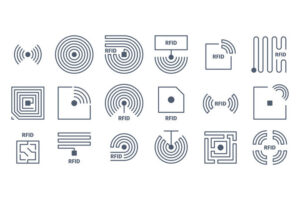
Layout & Chips
In the label format designer, select the layout that matches the type and size of the RFID label you wish to create. Our factory provides a variety of label templates, including RFID-specific options. We also offer a range of RFID chips tailored to meet your specific requirements.
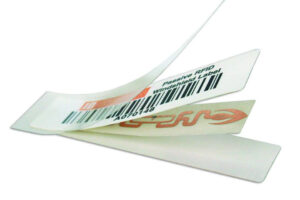
High Customization
Custom tags are designed from the ground up to meet the needs of specific applications, with unique variables for nearly every option listed below. A semi-custom tag typically starts as a standard tag but offers additional customization options, such as custom printing, encoding, or specific backings and attachment methods.
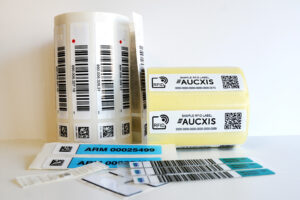
Sample Confirmation
Before proceeding with full-scale production, we offer a sample confirmation process to ensure that the RFID tags meet your exact specifications and application requirements.

Mass Production
Our mass production process for RFID tags is designed to deliver high-quality, reliable products at scale, ensuring that your business has a steady and consistent supply of RFID solutions tailored to your needs. Leveraging state-of-the-art manufacturing facilities and advanced technology, we maintain efficiency and precision throughout the production cycle.
RFID Tags Application
Use customized RFID tags in different industies.
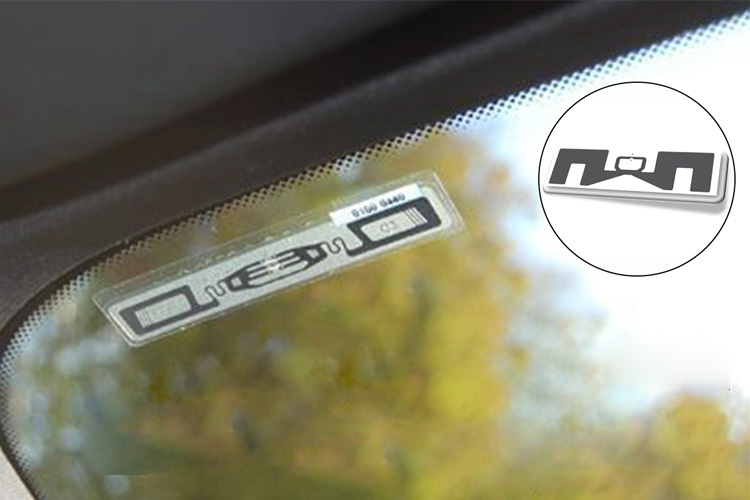
RFID Vehicle Tags
Vehicles with RFID tags enable secure access to gated areas. RFID tags also streamline truck weighing for efficient billing.
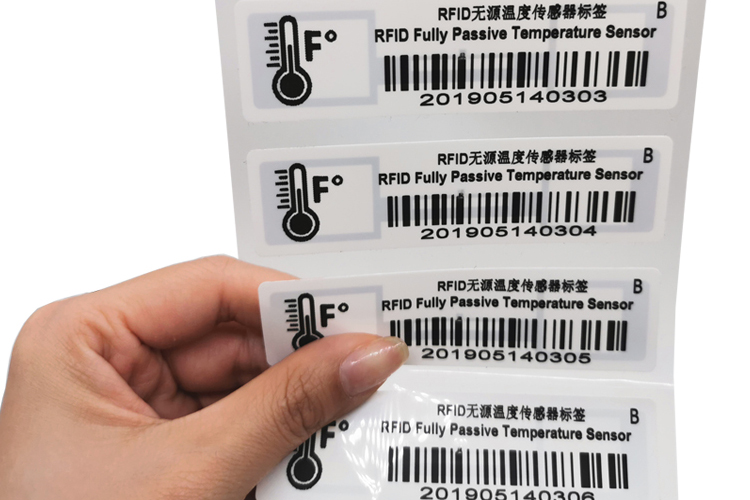
Temperature Sensor Tags
RFID temperature sensors, used in industries like steel, send data to alert users of unsafe conditions via RFID readers.
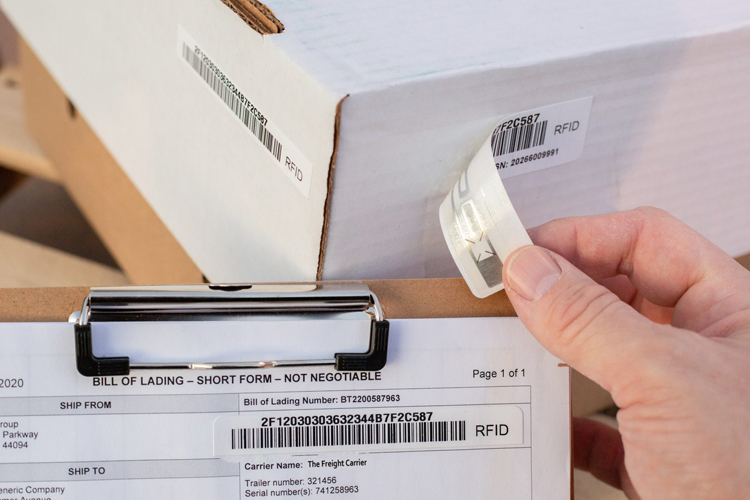
RFID Supply Chain Tags
RFID tags for supply chain visibility track products, showing when a box, pallet, or container moves from one facility to another.

RFID Personnel Tracking
RFID strengthens access security: employee badges for workspace entry, hotel wristbands for pool access.
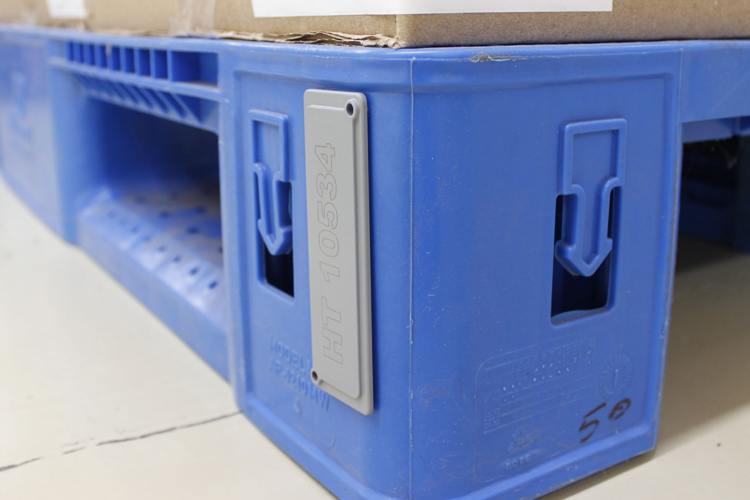
RFID Pallet Tracking Tags
Our RFID tags are ideal for tracking pallets and containers, offering durable, low-profile solutions for warehouse management.
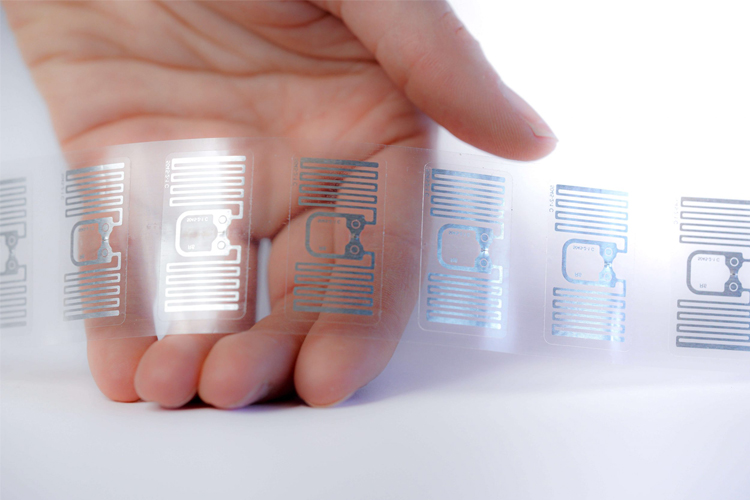
Custom RFID Tags & Labels
Our factory supplies custom RFID tags and OEM hardware solutions for unique needs when standard RFID products aren't available.
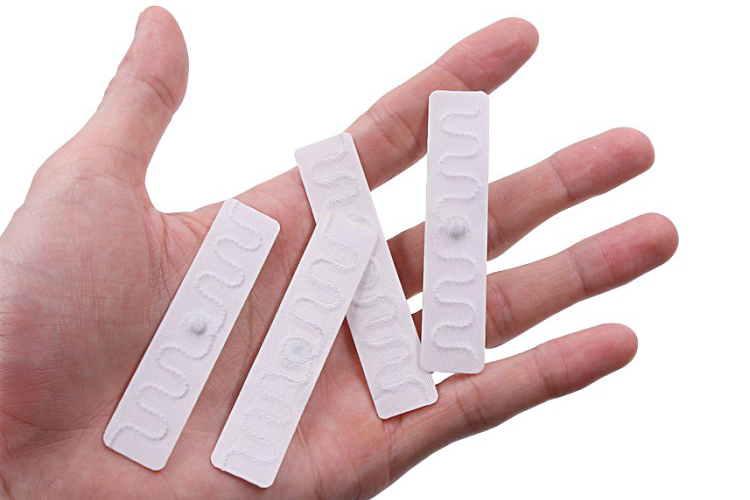
RFID Laundry Tags
Our RFID laundry tags, with a soft rubber casing, are flexible and durable, surviving 200 wash cycles and 60 bars of pressure.
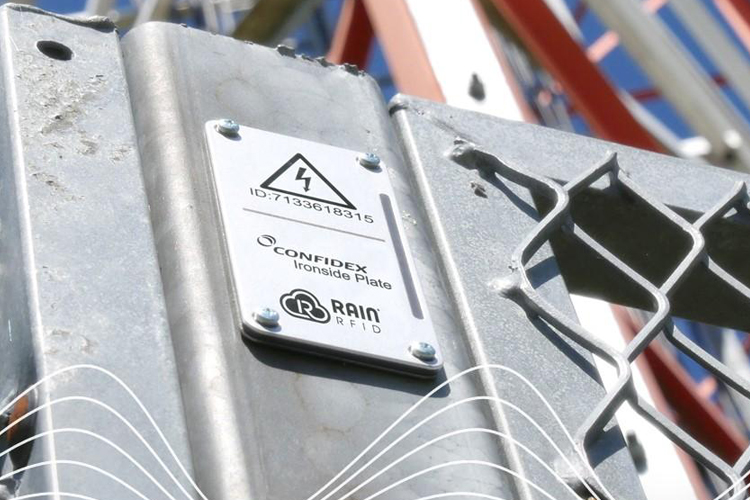
Industrial RFID Tags
We provide rugged industrial RFID tags and readers for demanding applications. Our tags withstand all weather conditions.
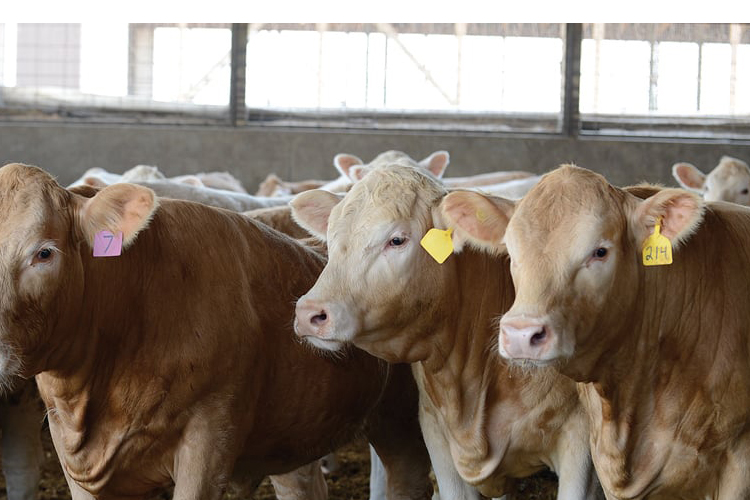
Animal RFID Tags
RFID tags track animals and pets using ear tags or injectable ampoules. Ear tags can be custom-printed and come in various colors.
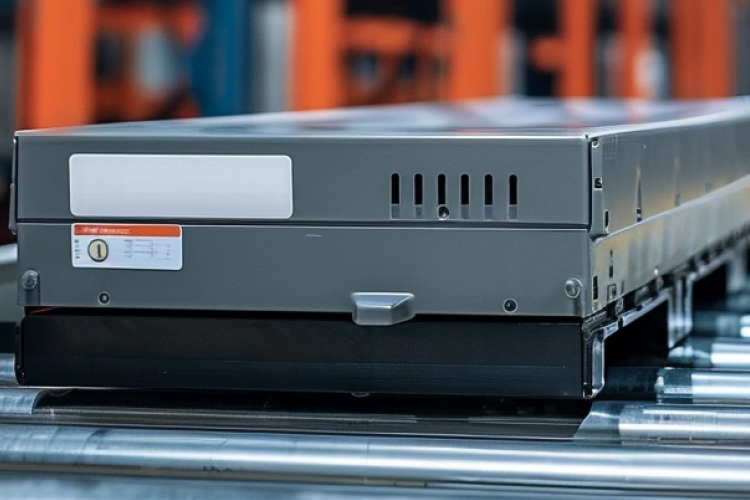
RFID Asset Tracking
RFID tags for asset tracking, like file servers, rental equipment, streamline inventory, asset management, enabling quick location, tracking.

Consumables RFID Tags
RFID counterfeit tags on consumables, with a reader in the machine, verify authenticity and prevent counterfeit use.
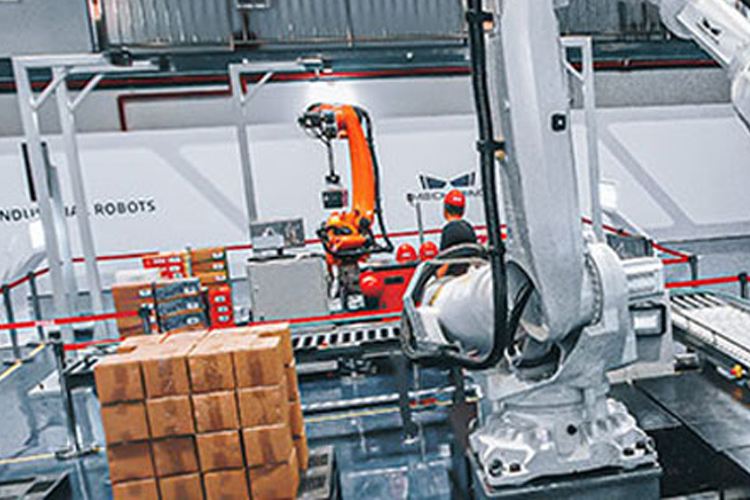
Manufacturing RFID Systems
RFID tags are used on almost all products—apparel, furniture, appliances, and cars—and are crucial for automated manufacturing systems.
Why Choose Us
As an original manufacturer with over 13 years of experience, we specialize in designing and manufacturing passive RFID (NFC, HF, and UHF) tags for applications in inventory, laundry, access control, identification, and industrial automation management.
We are a pioneering leader in RFID technology and smart product solutions. For nearly 20 years, we have been at the forefront of custom RFID and NFC technology, offering innovative solutions in every imaginable form. Our expertise lies in developing and producing RFID/NFC products that are tailored to meet your specific requirements.
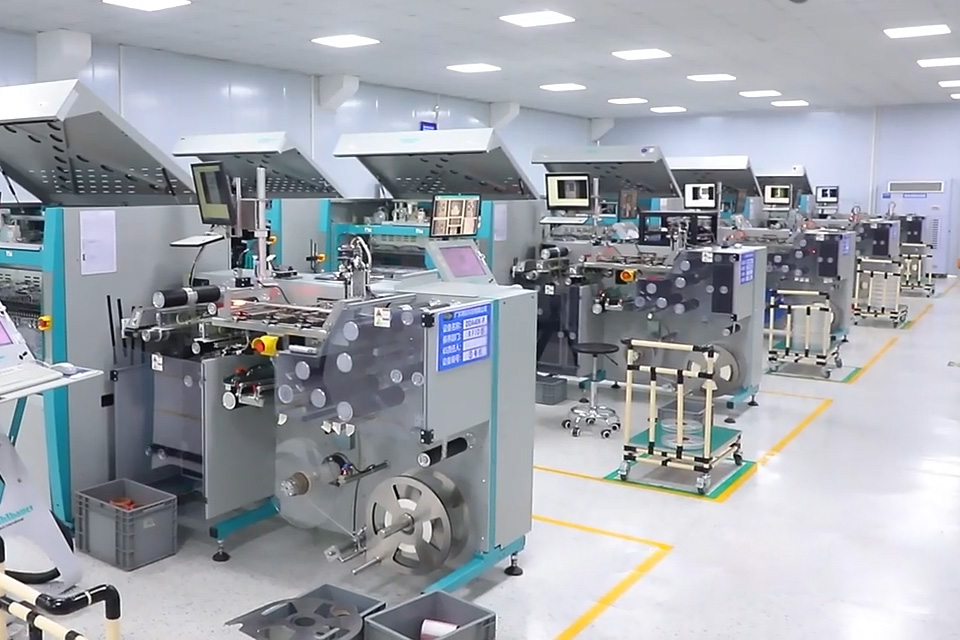
As the world’s leading RFID supplier, our factory is passionate about RFID technology. We deliver a wide range of products, including NFC tags, NFC cards, RFID/NFC labels, RFID inlays, various apparel tags, laundry tags, and RFID devices, to clients around the globe. Our RFID products are widely used in marketing campaigns, healthcare monitoring, workforce management, stock control, access control, apparel systems, laundry systems, inventory systems, IoT systems, and security applications.
Our Benefits
We provide products with competitive pricing and reliable quality, backed by an after-sales warranty. Whether you are a distributor, system integrator, or end-user, you will find the right RFID and related products here, ensuring that your company gains tangible benefits.
We have grown into a company with over 200 team members, including a production department, R&D center, sales department, technical support, and after-sales service. Understanding that time is of the essence, we can fulfill customized orders within just 5 days. Our dedicated team of over 100 factory staff ensures a stable supply and fast delivery for all our orders.
Related Products
Customize any types RFID tags from our factory to meet your own requirements.

